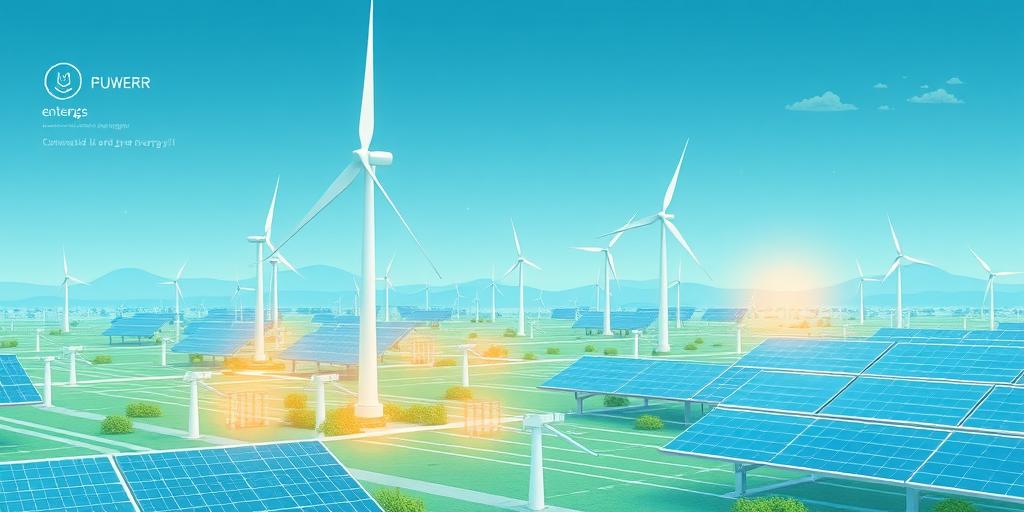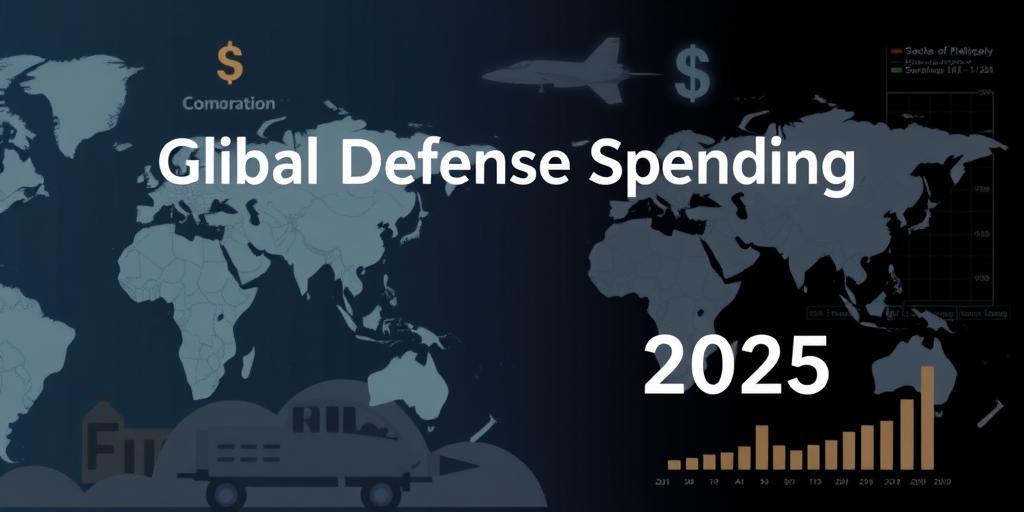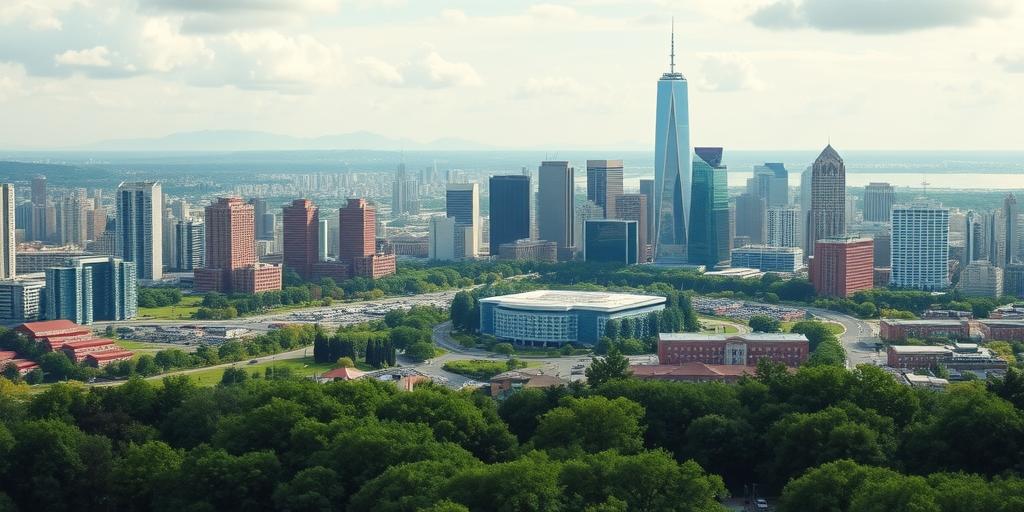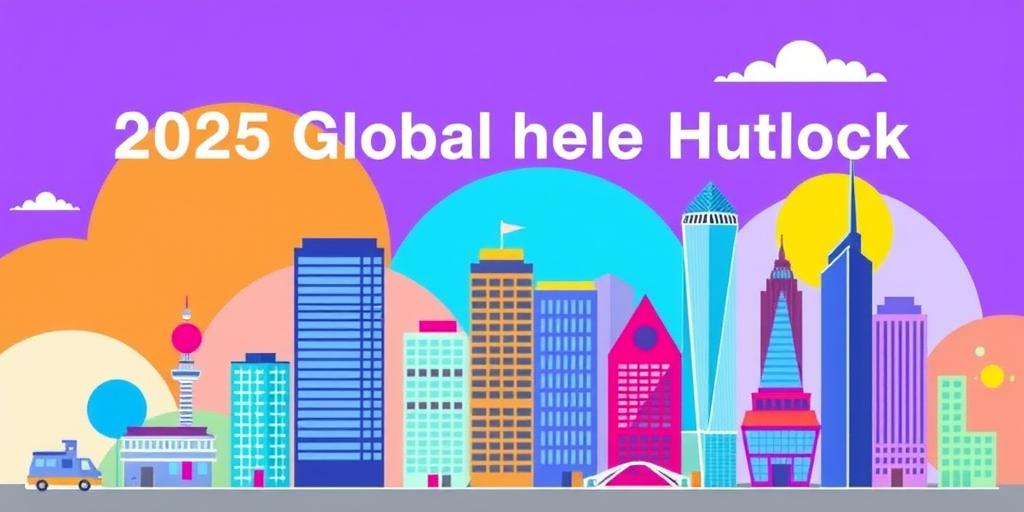State Energy Grids: Resilience and Modernization in 2025
Explore how state energy grids are evolving in 2025 with a focus on resilience, modernization, and renewable energy integration. Discover the future of sustainable and secure energy.

State Energy Grids: Resilience and Modernization in 2025
Okay, so, energy grids, right? By 2025? It’s not just about keeping the lights on anymore – it's about keeping them on sustainably and, like, when crazy weather hits. Let's dive into how our state energy grids are getting a serious glow-up.
Resilience: Weathering the Storms (Literally)
First off, resilience. Think of it as the grid's ability to bounce back after a mega-storm or, you know, a squirrel deciding to short-circuit everything. States are throwing money and tech at this like it’s going out of style. Undergrounding power lines? Yep, that's happening. Hardening substations? Absolutely. It’s all about minimizing those annoying blackouts when Mother Nature throws a tantrum. I mean, been there, stuck-at-home-with-no-Netflix done that.
- Undergrounding Power Lines: Burying those lines protects them from wind, ice, and falling trees.
- Hardening Substations: Strengthening physical structures and adding backup systems.
- Advanced Monitoring Systems: Real-time data to spot issues before they become full-blown problems.
Modernization: Smart Grids for Smart People
Now, let's get nerdy with "smart grids." Imagine your grid as a massive internet network, but for electricity. Smart grids use sensors, digital tech, and two-way communication to make everything more efficient. We're talking real-time data, predictive maintenance, and the ability to integrate more renewable energy sources seamlessly. How cool is that?
- Advanced Metering Infrastructure (AMI): Smart meters that give you and the utility company a detailed look at energy usage.
- Distribution Automation: Automated switches and controls to reroute power and isolate outages quickly.
- Energy Storage: Batteries. Big, honkin’ batteries that store excess energy for when it's needed most. Think sunny days storing power for cloudy nights. Total game-changer.
Renewable Energy Integration: Green Power to the People
Speaking of renewable energy, integrating solar, wind, and other green sources is a HUGE part of modernizing state grids. States are setting ambitious goals, and to reach them, the grid needs to be ready. This means upgrades to handle the variable nature of renewables. No sun? No wind? No problem – energy storage and smart grid tech got our back.
- Net Metering: Allowing homeowners with solar panels to send excess energy back to the grid.
- Renewable Portfolio Standards (RPS): Mandating a certain percentage of electricity comes from renewable sources.
- Grid-Scale Renewables: Massive solar and wind farms feeding clean energy into the grid.
The Challenges (Because It's Never That Easy)
Okay, so it’s not all sunshine and roses. There are hurdles. Upgrading the grid is expensive. Like, seriously expensive. Funding, regulatory approvals, and public acceptance can all be roadblocks. Plus, cybersecurity is a major concern. Gotta protect that grid from hackers, because nobody wants a digital blackout. Not on my watch!
- Funding: Securing enough cash to pay for these massive upgrades.
- Regulation: Navigating complex and often slow-moving regulatory processes.
- Cybersecurity: Protecting the grid from cyberattacks.
What's Next? (Spoiler: It's Exciting)
Looking ahead, state energy grids are set to become even more resilient, smarter, and greener. We’re talking AI-powered grid management, microgrids that can operate independently, and even more innovative energy storage solutions. The future of energy is bright, people, and it’s being built right now.
- AI-Powered Grid Management: Using artificial intelligence to optimize grid performance.
- Microgrids: Smaller, localized grids that can operate independently.
- Advanced Energy Storage: New and improved battery technologies.
So, there you have it. State energy grids in 2025 are all about resilience, modernization, and renewable energy. It's a wild ride, but it’s one that promises a more reliable, sustainable, and secure energy future. Stay tuned, folks!








